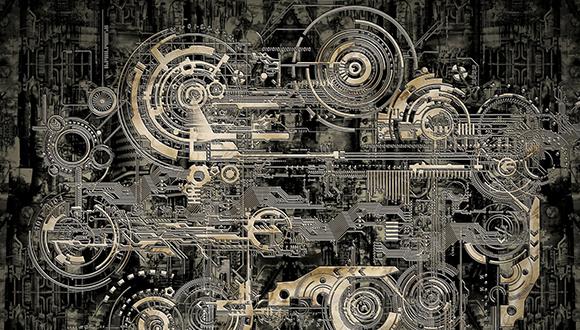School of Mechanical Engineering David Kouskoulas
School of Mechanical Engineering Seminar
Monday, March 12, 2019 at 14:00
Wolfson Building of Mechanical Engineering, Room 206
Water wave dispersion in nonlinear wave-current fields
Kouskoulas, David
(Ph. D student of Yaron Toledo)
Water waves most often propagate in the presence of some ambient motion (i.e. current, larger scale waves). In the presence of ambient motion, the water wave dispersion relation changes from a single-valued and isotropic to multi-valued and anisotropic form. The effects of these dispersive features on nonlinear wave-current fields are discussed. The classical perturbation solution for still water is extended to account for the existence of multiple wavenumber solutions on current. Their existence introduces new spatiotemporal features due to weakly nonlinear interactions. These features include a smooth time and rough spatial profile, and time-independent spatial undulations. An extension of the classical perturbation approach to account for capillary effects demonstrates the existence of new singularities on current which are analogous to “Wilton's ripples” known from still water. Additional wavenumber solutions and anisotropy also have consequences on resonance interactions. Graphical and analytical methods are used to demonstrate the existence of new gravity wave triad resonance interactions on uniform current even in the deep water limit. Resonance conditions reduce to values of non-dimensional parameters and differ between two wavenumber scales. The most efficient direction of energy transfer during resonance is also shown to differ between these scales. Since the new resonances are triads, they represent a significant mechanism of energy transfer between waves which may be expected to dominate the well-known quartet resonance interactions. Moreover, since they occur for uniform current in deep water, they will preclude more complex environments (i.e. shearing current and bottom topography). The resonances are not observable in a still water formulation because still water dispersion is a degenerate functional form. Near critical layers, invariance of dispersion may be achieved by extending the symmetries of the system using Lorentz transformations. Lorentz transformations are used to reformulate the wave-current problem into Minkowski spacetime. The spacetime formulation demonstrates the existence of a more complex network of triad resonances than previously known. It also introduces causality into resonance conditions. Causality permits for a new interpretation of resonance interactions, including a pre-determined directionality in the cyclical energy exchange. The importance of results to wave measurement methodologies, general hydroynamic considerations and wave modeling are discussed.


